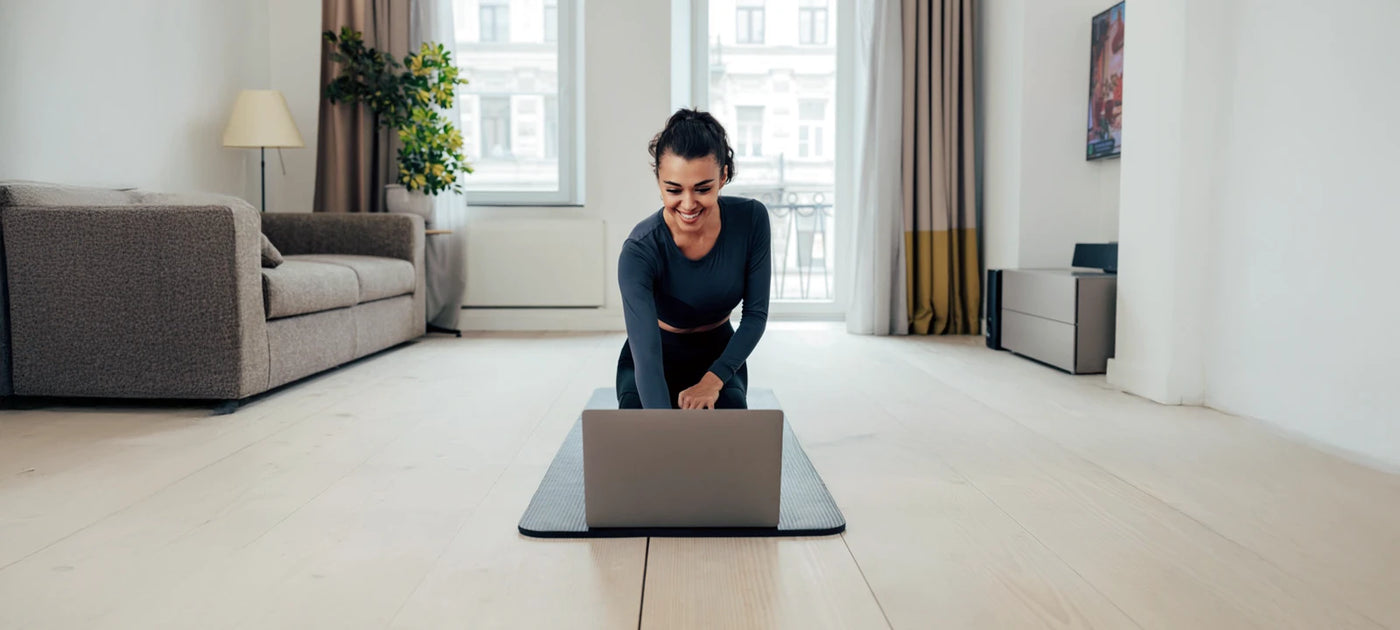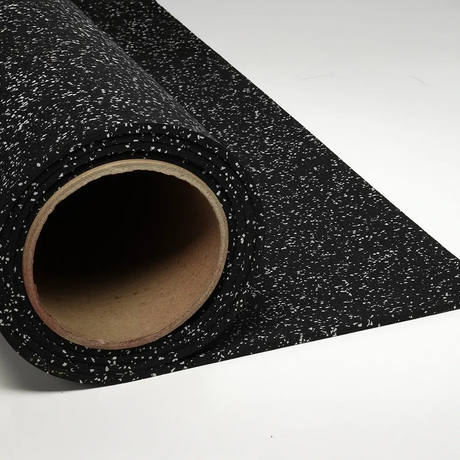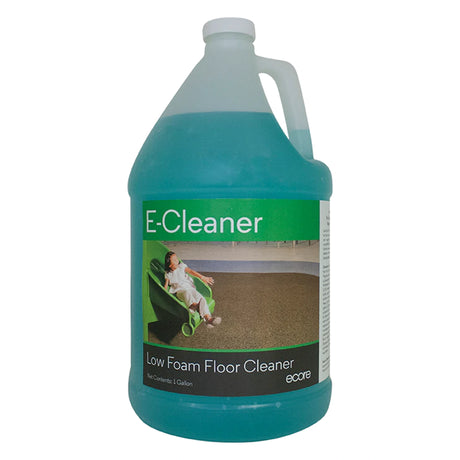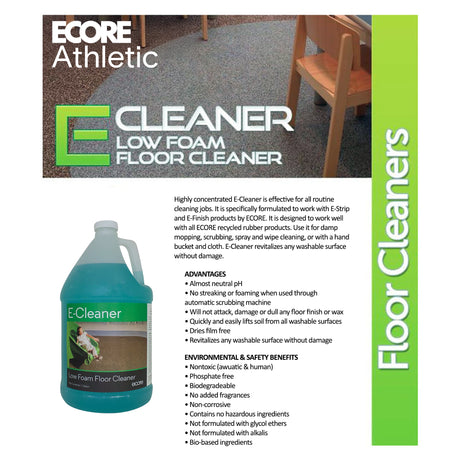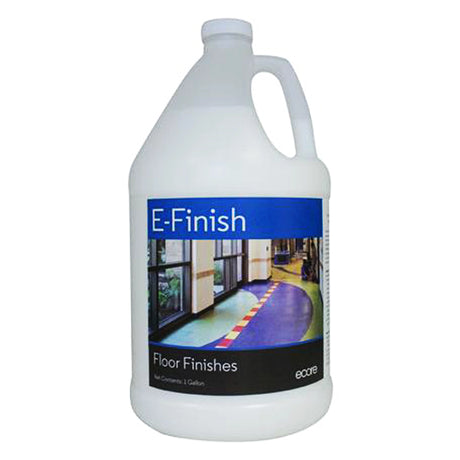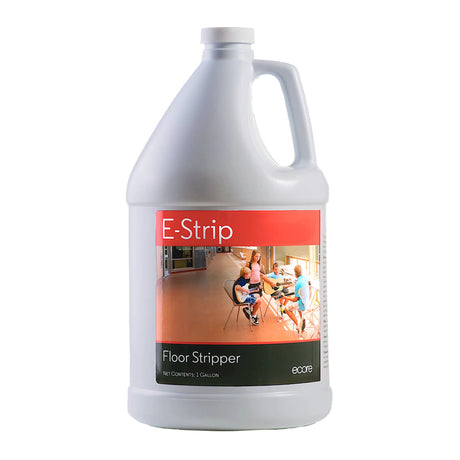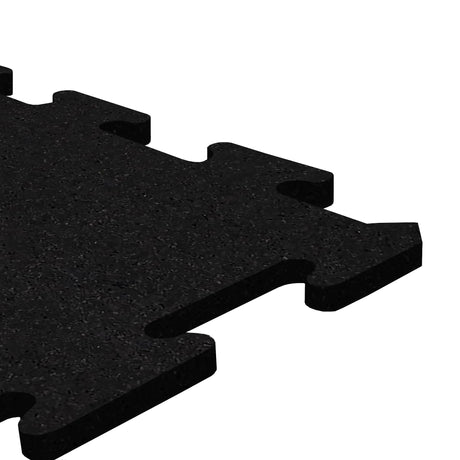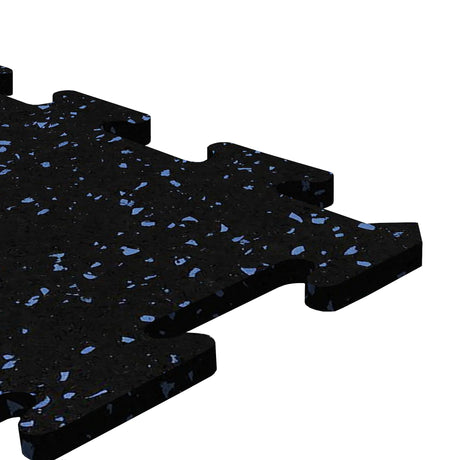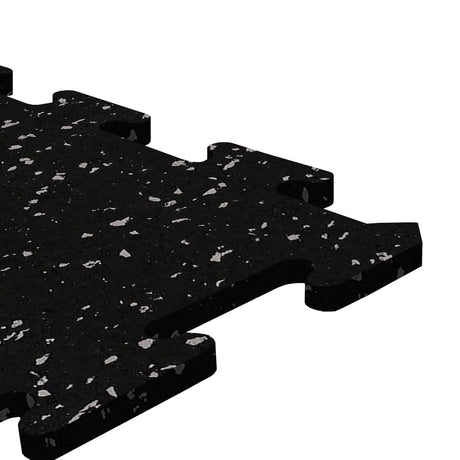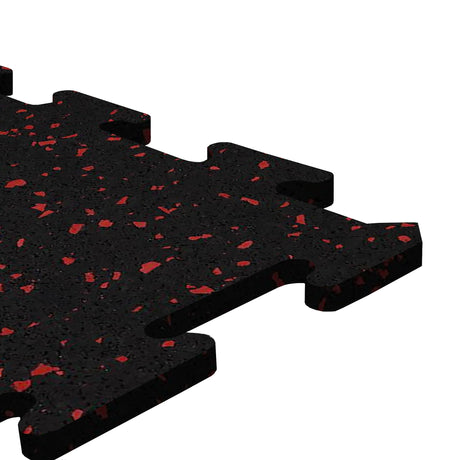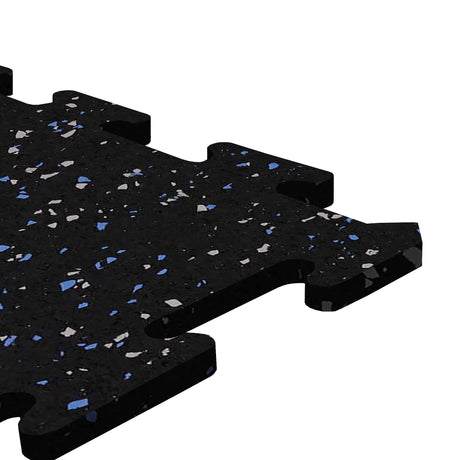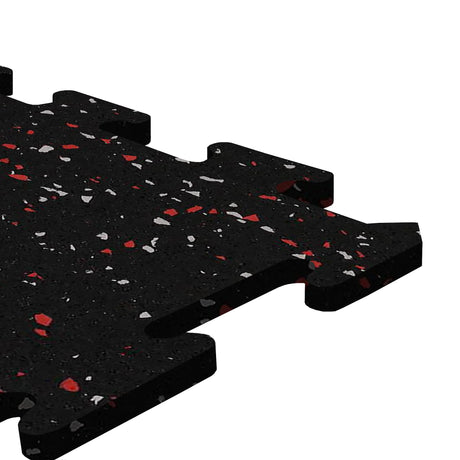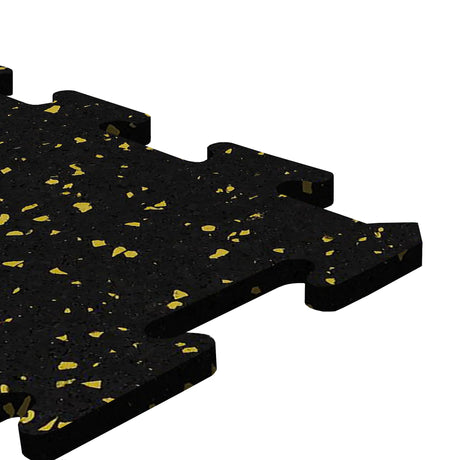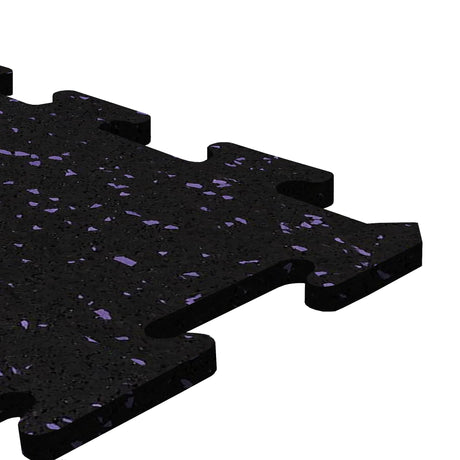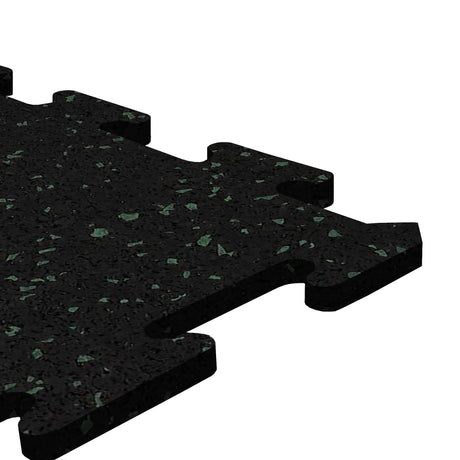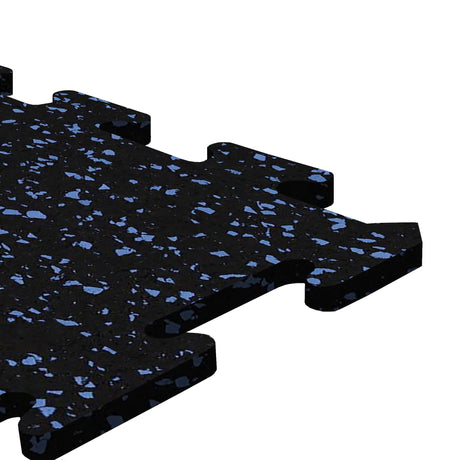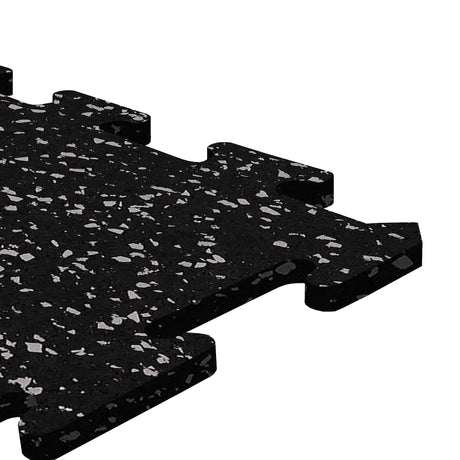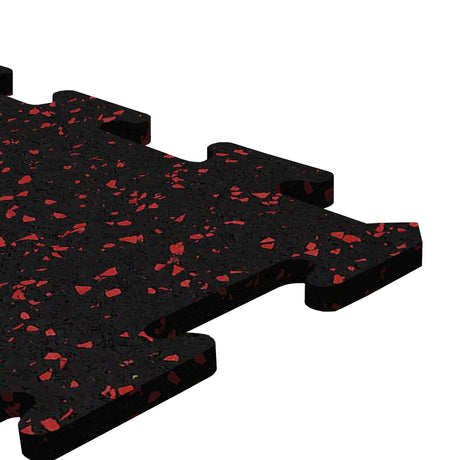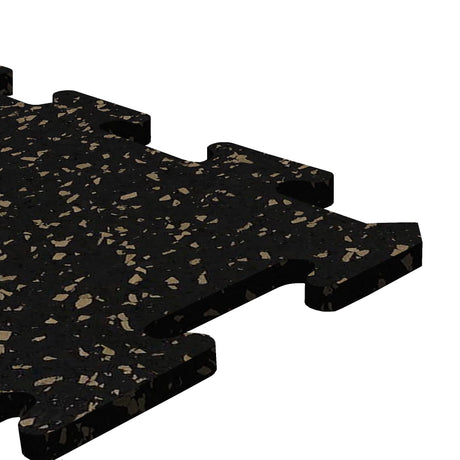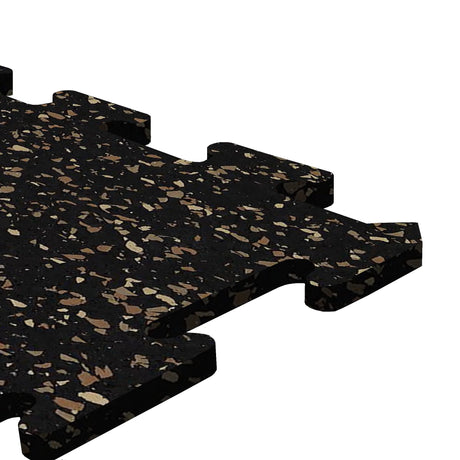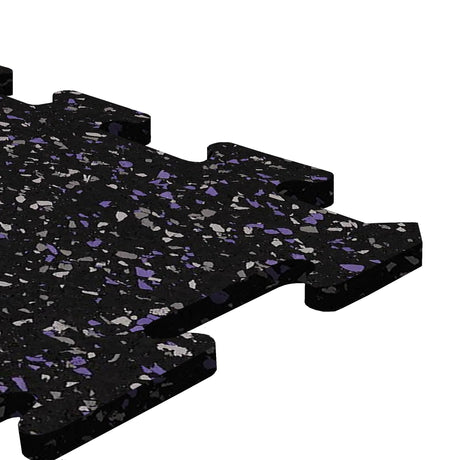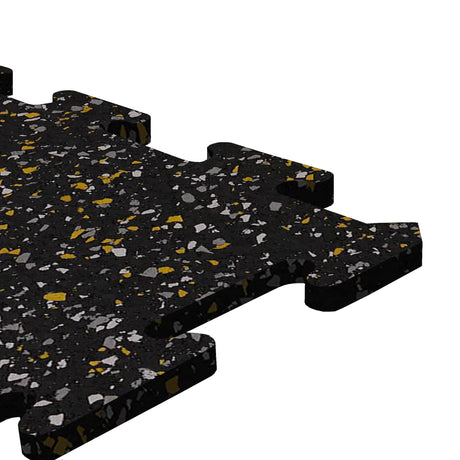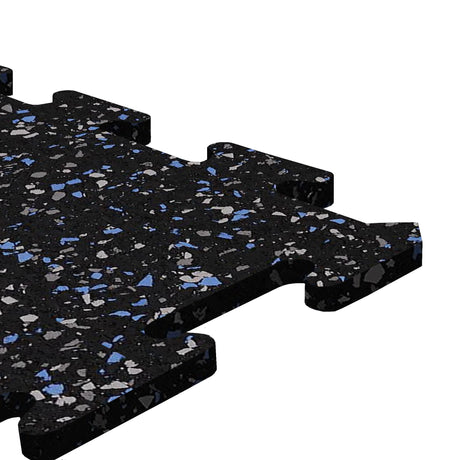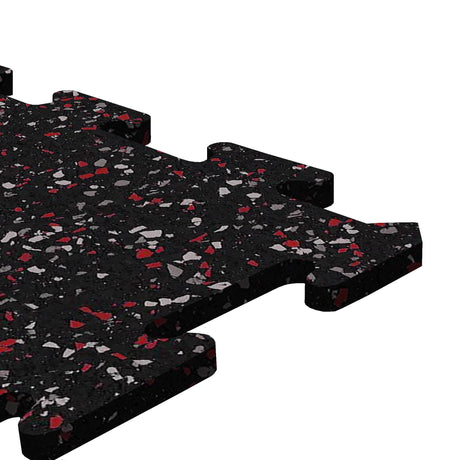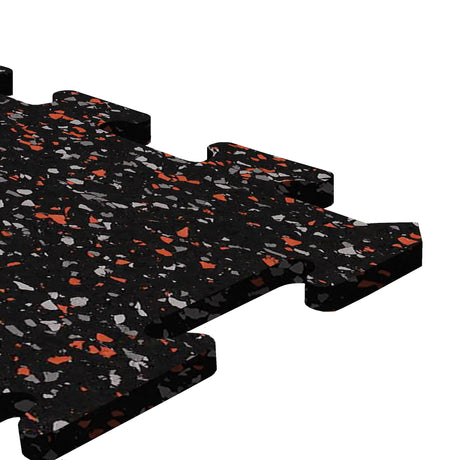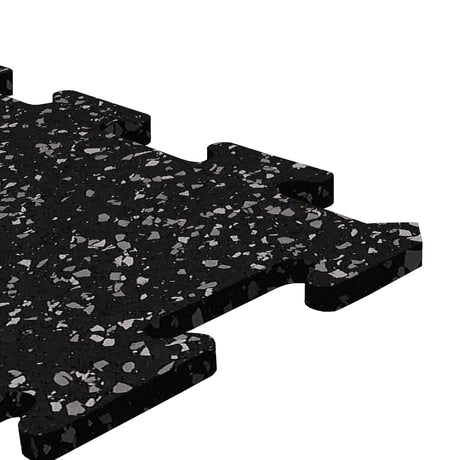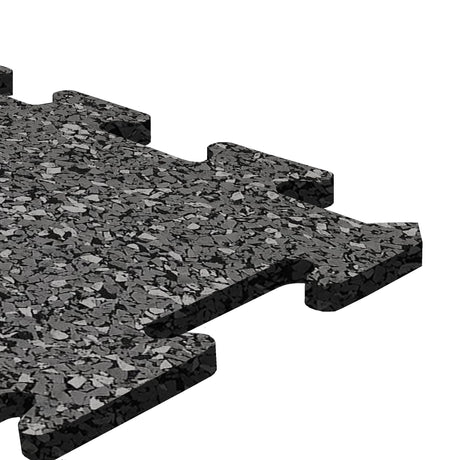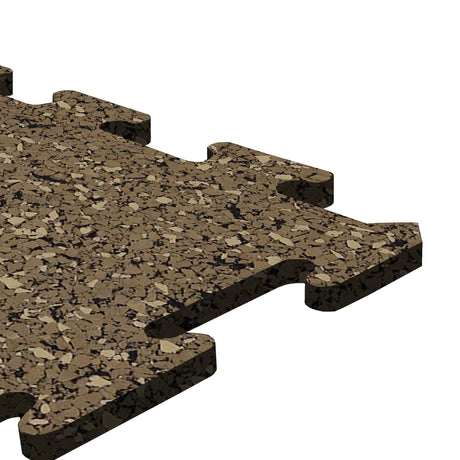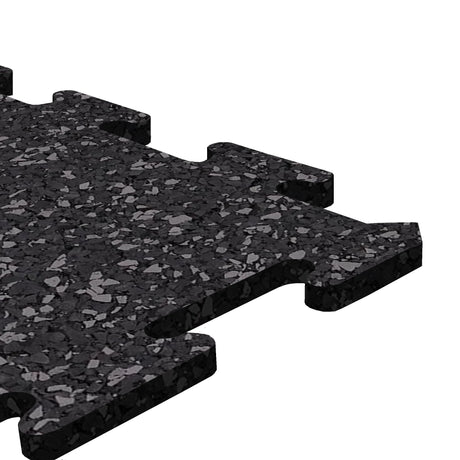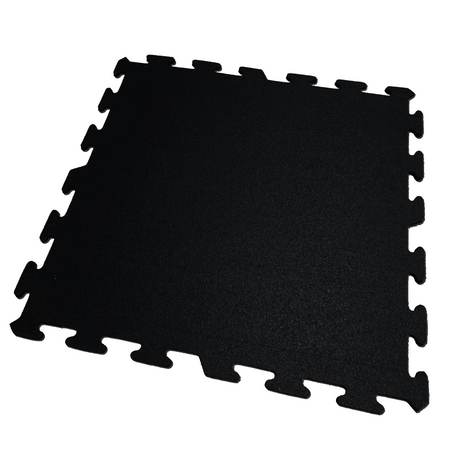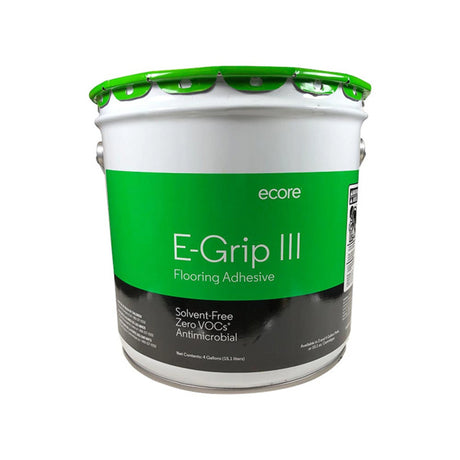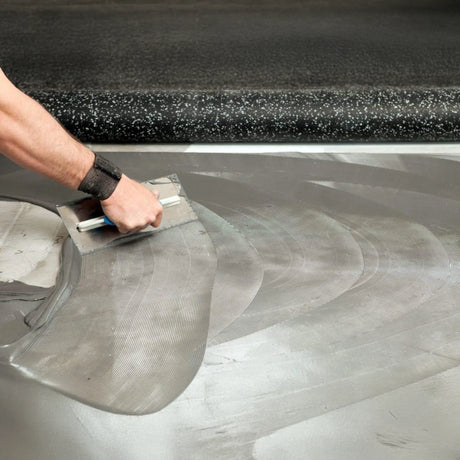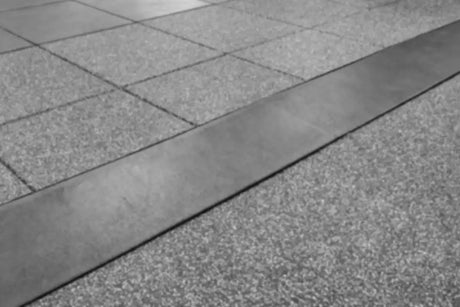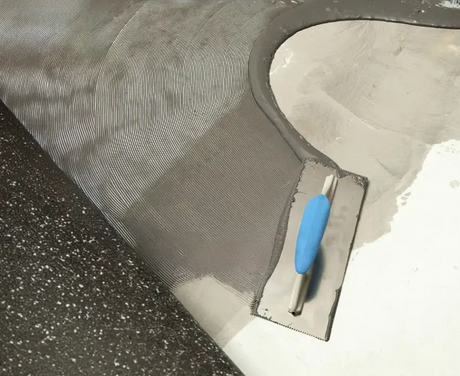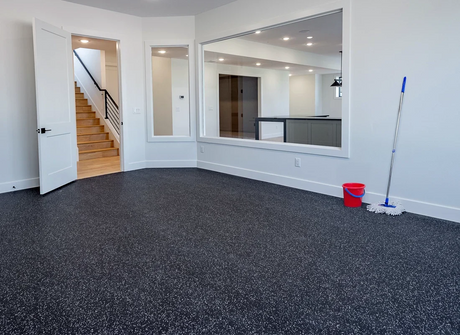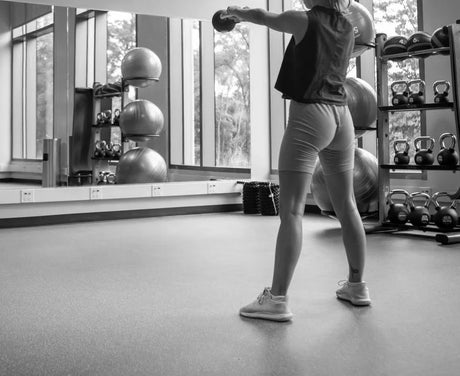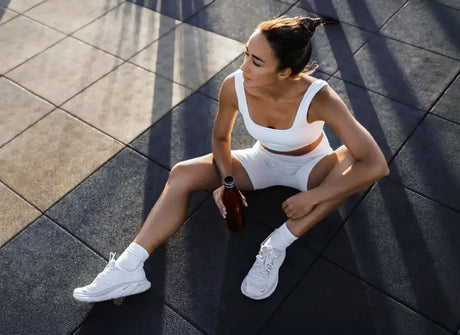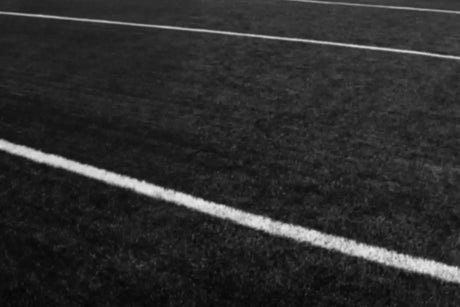Table of Contents:
- Why Gym Flooring is the Most Important Choice for Your Workout Space
- Types of Gym Flooring: Picking the Best Option
- Why Material Durability Matters
- The Value of Gym Surface Personalization
- Cost vs. Maintenance: A Complete Breakdown
- Expert Tips for Choosing the Perfect Flooring
- Frequently Asked Questions About Gym Flooring
- Elevate Your Workout Experience from the Ground Up
When it comes to setting up the perfect gym—whether it's a small home setup or a gleaming commercial facility—most people immediately think of machines, weights, and mirrors. But here's the thing: the often overlooked gym flooring can actually make or break your fitness space. Sounds dramatic? Maybe. But think about it—your flooring is subject to constant pounding from heavy machines, dropped dumbbells, and hundreds of repetitive steps. Choose the wrong material, and you could end up with damaged equipment, higher noise complaints, or, even worse, injured users.
Here’s the catch, though: gym flooring isn’t just about durability or safety. It’s also about versatility and customization—a chance to mold a space perfectly tailored to your style and needs. This article will breakdown the main types of gym flooring, and what considerations you should make before making one of the most important gym purchasing decisions.
Types of Gym Flooring: Picking the Best Option
When selecting gym flooring, you’re likely deciding between gym mats, rubber tiles, and rolled rubber flooring. But which one is right for your space? The answer lies in the specifics of your workout area.
1. Gym Mats
Gym mats, sometimes referred to as horse stall mats, are portable, budget-friendly, and easy to replace. However, they may not stay in place during high-intensity movements due to them relying on their sheer weight to stay in place, as opposed to any kind of locking or securing mechanism. That said, gym mats are perfect for smaller setups like a home gym or a corner of a fitness studio where less intense workouts are planned (like stretching, body weight exercises, etc.).
2. Interlocking Rubber Tiles
Similar to a giant fitness-focused puzzle, rubber tiles snap together quickly and easily, offering a customizable flooring layout with less gaps or seams than gym mats which usually have no way of connecting to each other. They’re an excellent solution for oddly-shaped spaces or modular gyms that may expand or move over time. DIY installation makes them highly appealing for homeowners, and their durability is a step up from basic gym mats. Check out a popular interlocking rubber tile option here.
3. Rolled Rubber Flooring
For the ultimate seamless look and full-floor coverage, rolled rubber gym flooring is a go-to solution. Commonly used in commercial fitness centers and larger workout spaces, this option ensures durability and consistent performance under heavy machinery and high foot traffic. While large rolls are economical for covering expansive areas, professional installation is often recommended for a smooth finish. This solution is also a permanent one, so should it be installed in a home gym and the the homeowner moves, you can't take the floor with you like you can with mats or tiles.

Why Material Durability Matters
When you’re pounding away with kettlebells or weight plates, the last thing you want is your flooring giving out. Most gym flooring—including mats, tiles, and rolls—is made from rubber compounds designed for toughness. Recycled rubber is an eco-friendly and affordable choice, but it comes with a slightly distinct odor, especially when new. Virgin rubber, while pricier, offers more options for customization and is virtually odor-free. Both types can come in thicknesses that range between 1/3" to 1" or more—ideal for tailoring your gym’s flooring to varying levels of workout intensity.
If your gym facilities prioritize heavy lifting or use commercial equipment, you’ll want flooring that can handle the weight without breaking under the pressure. Buyers will want to start their research with products at least 1/3" (8mm) in thickness.
The Value of Gym Surface Personalization
Your gym space should be as unique as your fitness goals. Did you know that many gym flooring manufacturers now offer options for gym surface personalization? With custom colors, designs, logos, and even textured finishes to improve traction, it’s possible to create a cohesive aesthetic that matches your personal style or brand identity. Whether you’re outfitting a home gym featuring neutral tones or rebranding your commercial gym or weight room with custom logos, these personalization options allow your space to stand out while remaining functional. If personalization feels like a priority for your fitness space, you can also consider exploring durable options from brands like ECORE Athletic.
While gym surface customization typically comes with additional upfront costs, it pays off in giving your workout space both professionalism and personality. Customers or clients entering your fitness facility will immediately recognize a high level of care—from the ground up.
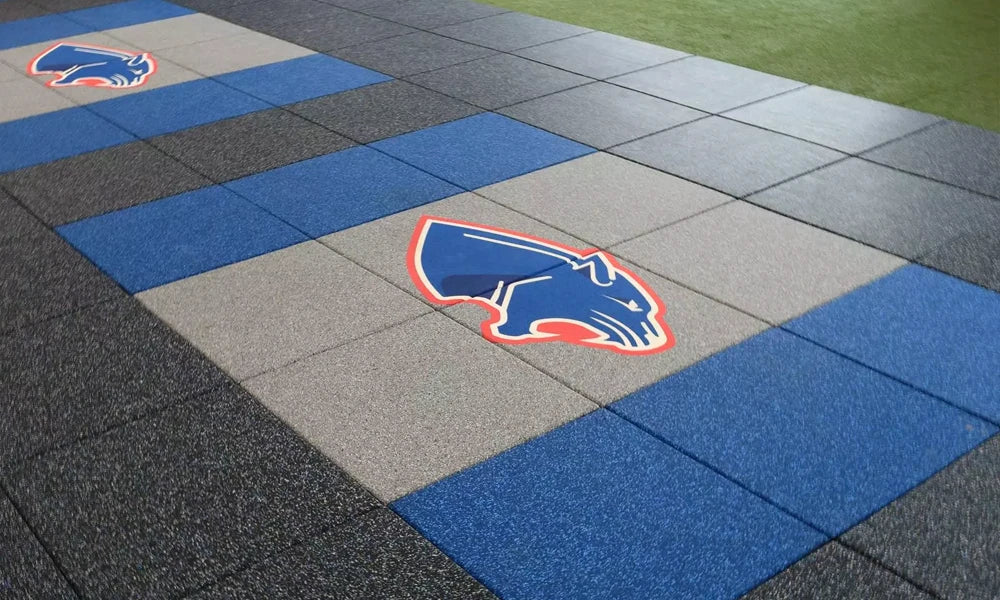
Cost vs. Maintenance: A Complete Breakdown
Gym flooring is an investment, but not all options cost the same. Here’s how they stack up when it comes to pricing and upkeep:
| Type | Cost Range | Maintenance |
|---|---|---|
| Gym Mats | $ - $$ | Simple to clean, may require periodic replacement |
| Interlocking Rubber Tiles | $$ - $$$ | Easy to clean, damaged tiles can be swapped individually |
| Rolled Rubber Flooring | $$ - $$$$ | Highly durable, requires proper regular cleaning. Not easy to swap out damaged areas |
Key takeaway: If you’re working with a limited budget or a small space, gym mats are the most economical choice for specific zones. For more extensive spaces or commercial gyms, rolled rubber flooring may cost more upfront but offers long-term durability that minimizes replacement expenses. For the sweet spot in-between, rubber tiles are a great option for most facilities and buyers.
Expert Tips for Choosing the Perfect Flooring
Selecting the ideal flooring for your gym doesn’t need to be overwhelming. Start by evaluating your gym size, budget, and equipment needs. If you prioritize flexibility and ease of installation, interlocking rubber tiles might be your best bet. For those with heavier equipment or larger areas, rolled rubber gym flooring offers robust, seamless coverage that holds up under pressure.
And don’t forget noise reduction. Dropped weights vibrate through floors, making rubber-based mats and rolls a lifesaver for keeping the peace with neighbors in shared spaces. Consult experts and consider future expansion plans when choosing flooring to ensure you’re investing wisely for the long term.

Frequently Asked Questions About Gym Flooring
1. What type of gym flooring is best for home gyms?
Interlocking rubber tiles are the best one-size-fits-all option for home gyms. They provide excellent durability, easy installation, and can be customized to fit your space. For small workout zones, gym mats are highly portable and budget-friendly options, ideal for cushioning and protecting specific areas like weightlifting zones or stretching corners.
2. Are gym mats better than interlocking tiles or rolled rubber flooring?
Gym mats, interlocking tiles, and rolled rubber flooring each have advantages:
- Gym Mats: Best for small areas, easy to replace, and portable.
- Interlocking Tiles: Great for medium-sized spaces, customizable, less gaps and seams than mats, and easy to install.
- Rolled Rubber: Ideal for large spaces, seamless coverage, and long-term durability.
Your choice depends on the size of your gym, budget, and intended use of the space.
3. How much does gym flooring cost?
The cost of gym flooring varies depending on the type:
- Gym Mats: $-$$. Affordable and suitable for small zones.
- Interlocking Tiles: $$-$$$. A midrange option offering customization and durability.
- Rolled Rubber Flooring: $$-$$$$. Economical for large areas but may have higher installation costs.
The final cost depends on the size of your space and the quality of the materials you choose.
4. What thickness of gym flooring is best for heavy weights?
A thickness of 1/3" or 8mm is a great starting place for weightlifting and high-impact activities. This level of thickness provides adequate protection for both your subfloor and gym equipment, ensuring durability under pressure. Thicker flooring also improves impact absorption, reducing noise and vibration.
5. Can I install gym flooring myself?
Yes, you can install gym flooring yourself, especially interlocking rubber tiles or gym mats, which are designed for DIY installation. Rolled rubber flooring, while more durable and suited for large spaces, may require professional installation for seamless results. Assess the complexity of your project before deciding.
6. What is the most durable material for gym flooring?
Rubber is the most durable material for gym flooring. Recycled rubber is an eco-friendly and cost-effective option, while virgin rubber offers a higher-end solution with more color options and less odor. Both are highly resistant to wear and tear, making them ideal for heavy gym use.
7. How do I maintain gym flooring?
Maintain gym flooring by following these steps:
- Clean regularly with a mild soap and water solution. E-Cleaner is a great product for this.
- Avoid harsh chemicals that may damage the material.
- Replace damaged gym mats or tiles promptly.
Consistent cleaning and maintenance prolongs the life of your gym flooring and keeps it hygienic.
8. Is personalized gym flooring worth the investment?
Yes, personalized gym flooring is worth the investment if aesthetic appeal or branding is a priority. Custom options, such as unique colors, logos, or textured finishes, elevate the look of your space while maintaining functionality. While personalization may cost more initially, it enhances the professional appearance of your gym or brand.
Elevate Your Workout Experience from the Ground Up
When it comes to designing your ideal fitness space, the right flooring isn’t just a detail—it’s the foundation for your success. Whether you’re setting up a cozy home gym or managing a bustling commercial fitness center, understanding the unique benefits of gym mats, interlocking tiles, and rolled rubber flooring empowers you to make an informed choice. From the versatile convenience of gym mats to the seamless durability of rolled rubber, there’s a flooring option tailored to your space, style, and fitness goals.
At Blue Sky Fitness Supply, we believe that every great workout starts from the ground up—literally. That’s why we offer a range of gym flooring solutions to match your needs and elevate your space, whether you’re prioritizing portability, protection, or polish. Our expert team is here to help you choose flooring that fits your vision, budget, and future fitness aspirations.

